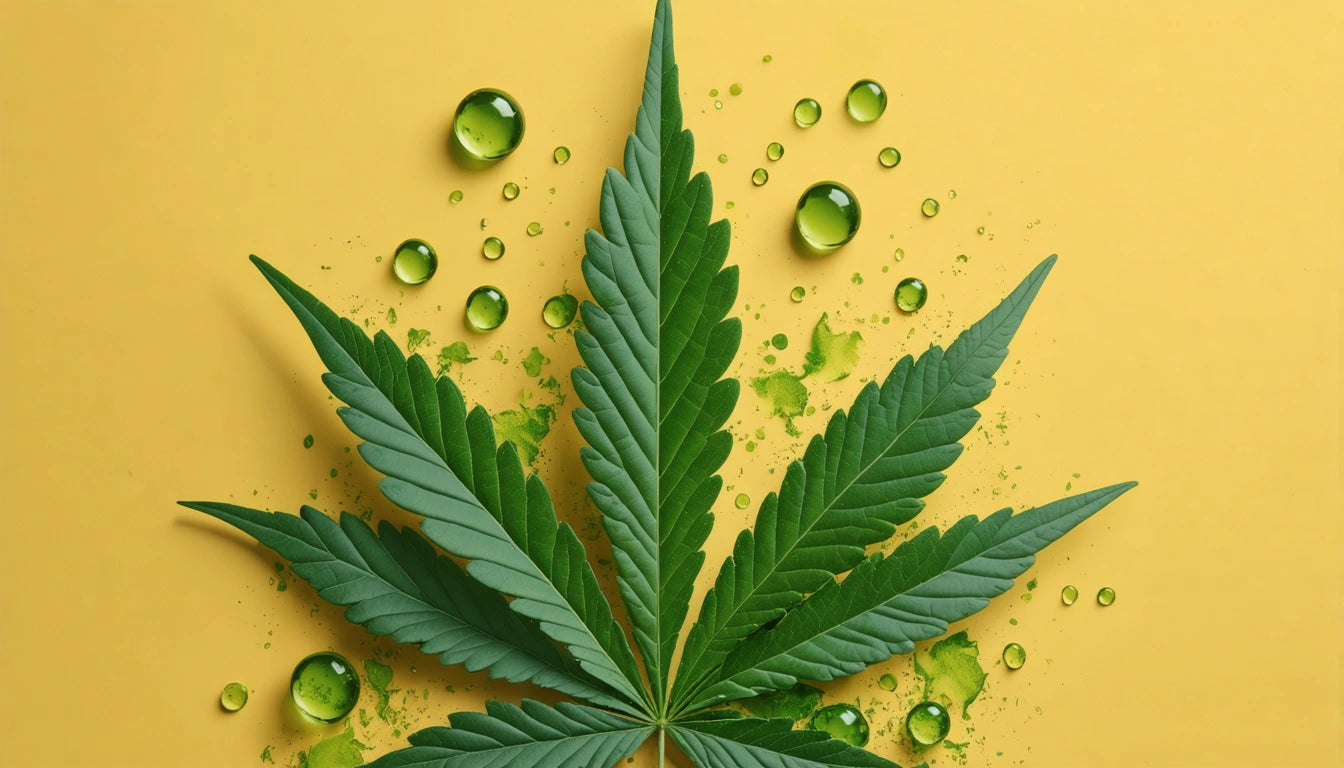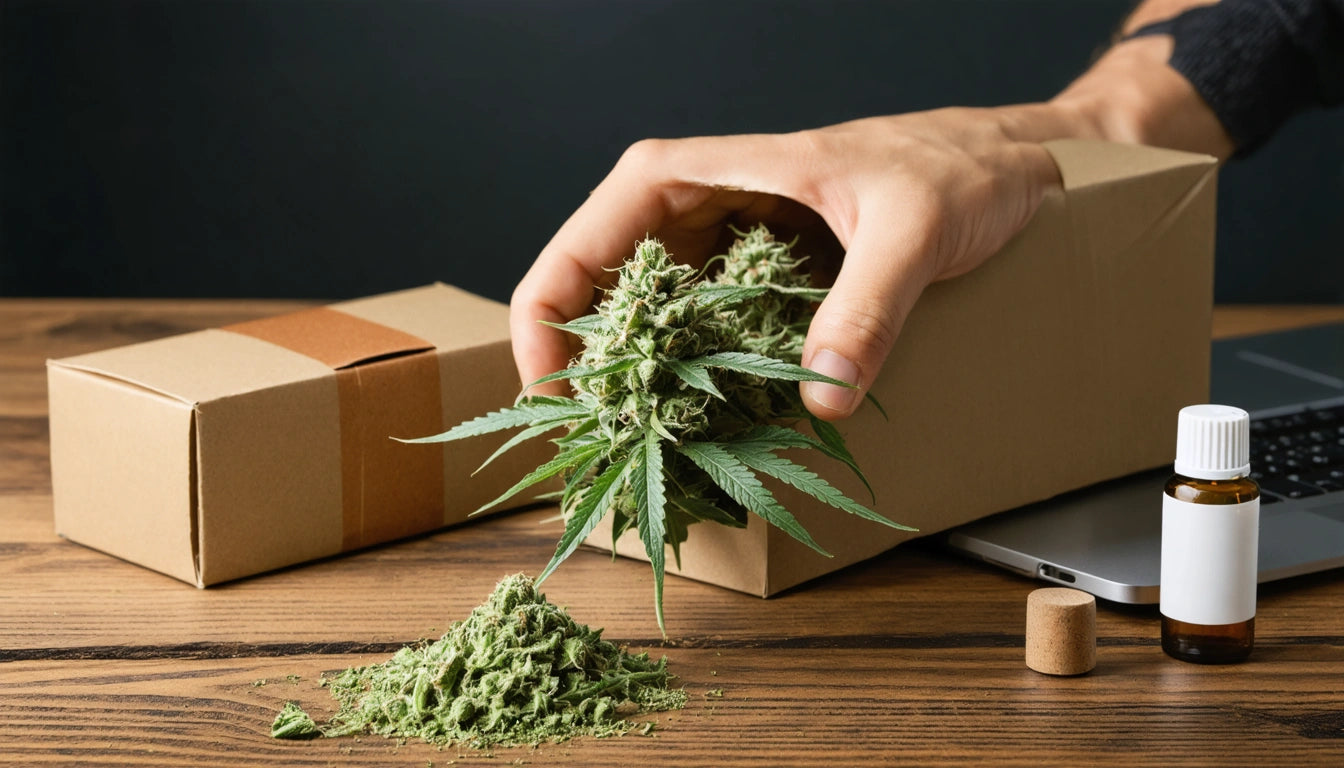QR Codes Are the New CTA: Make Your Packaging Interactive
In the competitive cannabis market, packaging has evolved from simple protection to a powerful marketing tool. QR codes represent the next frontier in this evolution, transforming static packaging into interactive consumer experiences. These small, scannable squares bridge the physical and digital worlds, offering cannabis brands new ways to engage customers, provide education, and drive conversions.
Why QR Codes Are Transforming Packaging
QR codes have revolutionized how consumers interact with products. Unlike traditional calls-to-action that require consumers to remember websites or search terms, QR codes provide instant access to digital content with a simple smartphone scan. This immediacy creates powerful engagement opportunities at the moment of highest interest: when customers physically hold your product.
The cannabis industry faces unique marketing challenges with strict advertising regulations. QR codes offer a compliant method to deliver detailed product information, usage instructions, and brand storytelling without cluttering limited packaging space. According to smart packaging experts, interactive elements like QR codes can increase consumer engagement by up to 30%.
Implementing QR Codes on Cannabis Packaging
Educational Content Delivery
QR codes excel at delivering educational content that wouldn't fit on physical packaging. When printed on larger packaging formats like mylar bags, QR codes can link to detailed strain information, terpene profiles, or lab results. This transparency builds consumer trust while satisfying regulatory requirements for product information.
Authentication and Verification
Counterfeit products present serious concerns in the cannabis industry. QR codes linked to blockchain or secure verification systems allow consumers to confirm product authenticity. This feature is particularly valuable for premium brands and medical cannabis products where consistency and safety are paramount.
Post-Purchase Engagement
The customer journey doesn't end at purchase. QR codes extend engagement by connecting buyers to loyalty programs, product reviews, or social media communities. This continuous connection transforms one-time buyers into brand advocates and repeat customers.
Strategic QR Code Placement and Design
Effective QR code implementation requires thoughtful placement and design considerations. The code should be prominently displayed on packaging with sufficient contrast for easy scanning. Many brands integrate QR codes into their overall design aesthetic, as outlined in this guide on viral packaging strategies.
Consider these placement options:
- Primary packaging surface for immediate visibility
- Inner packaging for post-purchase engagement
- Hang tags or inserts for premium presentation
- Multiple codes for different customer journeys
The context around your QR code matters significantly. Include a clear call-to-action that tells consumers what value they'll receive by scanning. "Scan for dosage guide" or "Unlock exclusive content" performs better than generic "Scan me" instructions.
Measuring QR Code Performance
One significant advantage of QR codes is their trackability. By using dynamic QR codes (which redirect through a tracking server), brands can measure scan rates, geographic data, and conversion metrics. This data helps optimize packaging designs and marketing strategies over time.
Key metrics to track include:
- Total scans and unique users
- Scan locations and times
- Conversion rates from scan to desired action
- Engagement time with linked content
- Return scan rate (repeat engagement)
These insights allow brands to refine their approach based on actual consumer behavior rather than assumptions. For example, if evening scans predominate, content can be tailored for that context.
According to research on emerging packaging technologies, QR codes represent just the beginning of interactive packaging possibilities. As technology evolves, codes may integrate with augmented reality experiences or connect to NFC (Near Field Communication) systems for even more seamless interactions.
Beyond Basic QR Engagement: Advanced Strategies
Forward-thinking cannabis brands are exploring sophisticated QR code applications that create memorable consumer experiences. These include seasonal or limited-edition campaigns that change the destination content regularly, keeping engagement fresh. Some brands use QR codes to deliver personalized content based on customer profiles or previous interactions.
QR codes can also facilitate direct feedback channels, helping brands gather valuable consumer insights while demonstrating responsiveness to customer input. This two-way communication builds stronger brand relationships and provides actionable market intelligence.
As outlined in this analysis of future packaging technologies, QR codes represent an accessible entry point to smart packaging that doesn't require significant infrastructure investment. Brands can start simple and evolve their interactive strategy as consumer adoption increases.
The integration of QR codes into cannabis packaging strategy represents a significant opportunity to enhance consumer experiences while navigating regulatory constraints. By creating thoughtful, valuable digital destinations for physical products, brands can extend their reach beyond the limitations of packaging space and create ongoing relationships with consumers.











Leave a comment
All comments are moderated before being published.
This site is protected by hCaptcha and the hCaptcha Privacy Policy and Terms of Service apply.